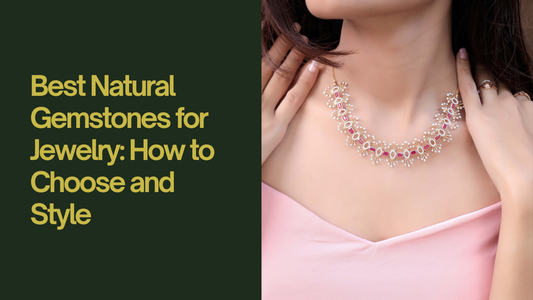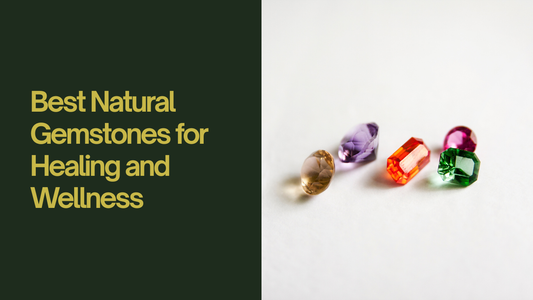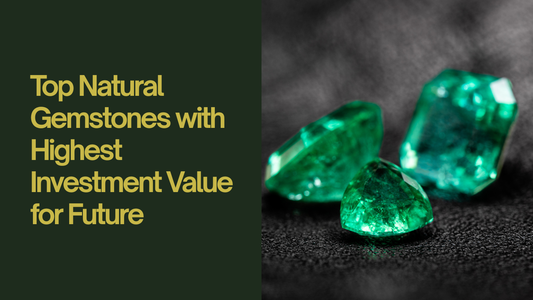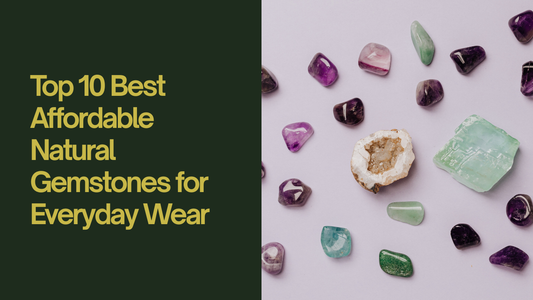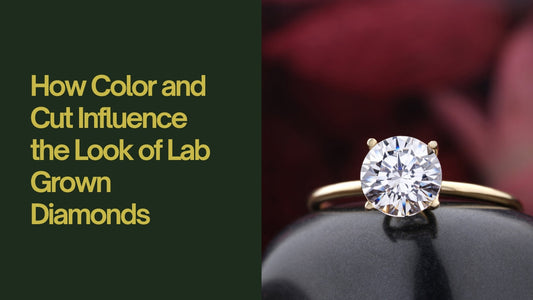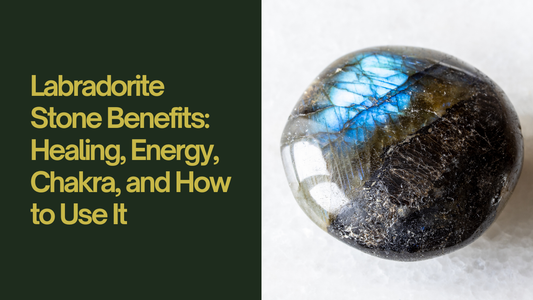
Coral Stones in Ancient Egyptian and Greek Civilizations
Coral is a natural gemstone made by tiny sea creatures. Its warm colors—red, orange, and sometimes pink—have enchanted people for thousands of years. In ancient Egypt and Greece, coral was cherished not only for its beauty but also for its powerful symbolism and magical qualities. This article explores how coral was used, its meaning in these civilizations, and why it remains a fascinating treasure today.
Coral in Ancient Egypt
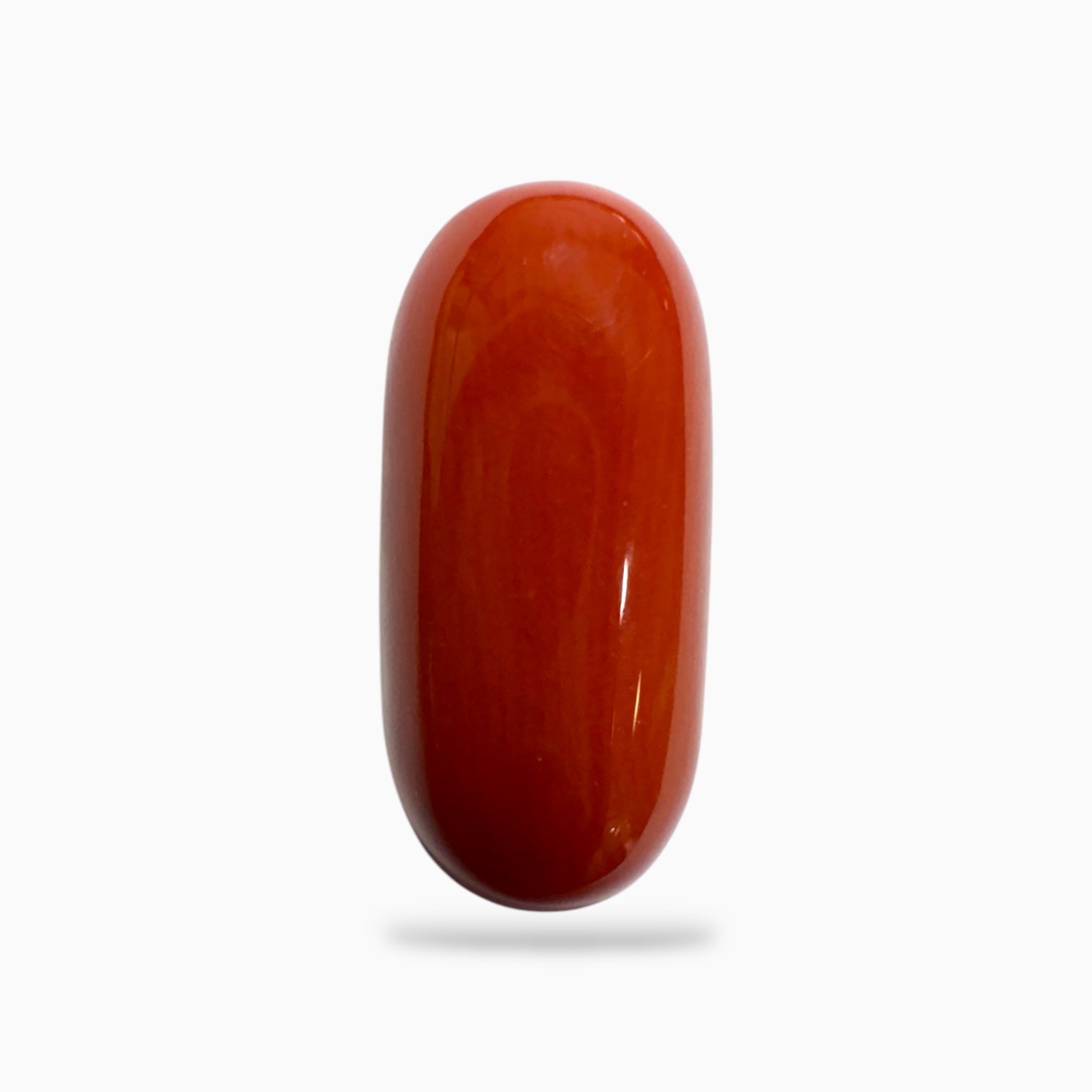
A Symbol of Life and Protection
In ancient Egypt, coral was seen as a symbol of life and protection. Egyptians, who lived in a harsh desert climate alongside the life-giving Nile, believed that coral captured the energy of water and sunlight. They thought that coral could ward off evil spirits and guard against misfortune, making it a key element in both everyday life and sacred rituals.
Uses in Jewelry and Amulets
Egyptians crafted stunning jewelry from coral. They often set coral in gold or silver to create necklaces, bracelets, rings, and amulets. These pieces were worn by pharaohs, priests, and commoners alike. Coral amulets were particularly valued for their protective qualities; many Egyptians believed that these small pieces of coral would keep negative energy at bay and bring blessings to the wearer.
Coral in Funerary Traditions
Egyptians had a deep belief in the afterlife. They saw death as a passage to a new, eternal life. Coral was sometimes included in burial objects to protect the soul on its journey to the next world. Tombs and burial masks often featured coral, ensuring that the departed were guarded by the stone’s positive energy.
Coral in Ancient Greece
A Gift from the Gods
The ancient Greeks also admired coral. They believed that coral was a gift from the sea gods, such as Poseidon and Aphrodite. For the Greeks, coral symbolized love, beauty, and fertility. Its vibrant color reminded them of the powerful and ever-changing sea, a source of both life and mystery. Coral was seen as a bridge between the mortal world and the divine.
Jewelry and Decorative Arts
Greek artisans used coral in many forms of jewelry. They designed intricate necklaces, earrings, and rings that highlighted the stone’s natural beauty. Coral was often combined with gold and other precious stones to create elaborate, eye-catching designs. It also adorned various decorative objects in homes and temples, adding a touch of natural splendor to Greek art and architecture.
Healing and Health Beliefs
In Greek culture, coral was believed to possess healing powers. It was used to promote health and well-being, particularly for strengthening the heart and improving blood circulation. Greek physicians sometimes incorporated coral into their remedies, believing that it could restore balance to the body and bring calm to the mind.
The Trade and Value of Coral
Ancient Trade Routes
Coral was a highly prized commodity in the ancient world. It was traded along extensive sea routes connecting Egypt, Greece, and other parts of the Mediterranean. Merchants carried coral from the Red Sea and Indian Ocean to the bustling markets of Egypt and Greece, where it was sought after by royalty and the elite. This long-distance trade helped establish coral as a symbol of wealth and cultural exchange.
Economic and Cultural Significance
Due to its rarity and beauty, coral was considered a luxury item. It was not only a sign of wealth but also a marker of status. Both ancient Egyptians and Greeks adorned themselves with coral jewelry to display their prestige. The high value of coral made it an important part of many ancient economies and a treasured possession passed down through generations.
Myths and Legends Surrounding Coral
Egyptian Legends
Egyptian mythology is rich with stories of divine power and magic. Many Egyptians believed that coral was created by the gods, either born from the tears of the sun or formed by the sacred waters of the Nile. Coral was thought to hold the power to revive life, protect the living, and guide souls safely into the afterlife. These legends made coral a cherished stone in both daily life and in rituals for the dead.
Greek Myths and Symbolism
Greek myths are filled with tales of adventure, love, and divine intervention. The Greeks believed that coral was a gift from the gods, symbolizing the eternal cycle of life and beauty. In some stories, coral was said to change its color to reflect the mood of the gods, adding to its mysterious charm. This connection with the divine made coral a symbol of both passion and protection in Greek culture.
The Enduring Legacy of Coral
Modern Appreciation
Today, coral continues to be admired for its natural beauty and rich history. Modern jewelry designers incorporate coral into their creations, blending ancient tradition with contemporary style. Coral remains a symbol of life, love, and renewal, connecting us to the natural world and to the legacy of ancient civilizations.
Ethical Harvesting and Sustainability
In recent years, there has been a growing focus on ethical and sustainable harvesting of coral. Modern jewelers now work to protect marine life by using methods that ensure coral is collected responsibly. This helps preserve the natural beauty of coral for future generations while honoring the heritage of this timeless gemstone.
Conclusion
Coral stones have played a significant role in ancient Egyptian and Greek civilizations. They were more than mere adornments; they were symbols of protection, life, and divine favor. In Egypt, coral guarded the living and guided the dead. In Greece, it was celebrated as a gift from the gods that brought beauty, healing, and spiritual wisdom. Today, coral continues to enchant us with its warm colors and enduring charm. It stands as a timeless reminder of the rich history and natural wonders of our world. Embracing the legacy of coral can inspire us to value nature and its treasures, connecting us to a past filled with magic, mystery, and enduring beauty.


